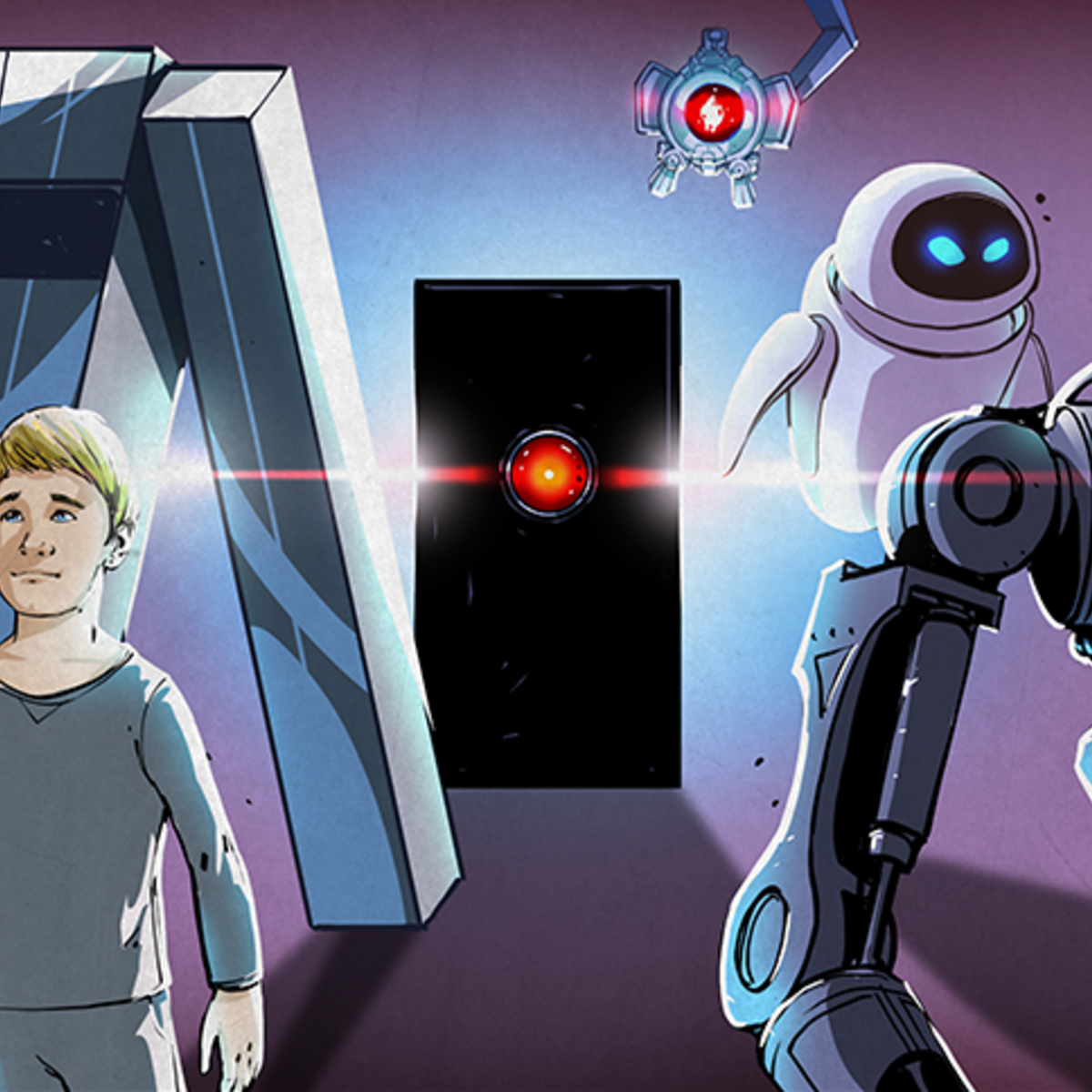OpenAI’s GPT-OSS: The “Open” AI That’s Not Really Open at All
Hello everyone. Today’s patient on the examining table is OpenAI’s latest “gift” to the world — the so-called GPT-OSS model. Yes, that’s “OSS,” which stands for… absolutely whatever marketing department decided today, because let’s not pretend they’re trying to pass a kidney stone of actual open-source here. No, they’ve cracked the jar open just enough to let a whiff out and proclaimed it’s for the good of humanity… while neatly keeping the actual recipe hidden behind triple-blind NDA curtains.
The “Open” in OpenAI
OpenAI, in their infinite magnanimity — and I say “infinite” the way a hematologist might use “infinite” to describe blood in a ruptured spleen — have released an AI large language model that you can allegedly download and run offline. They slapped an Apache 2.0 license on it, which sounds great for developers… until you realize it’s an “open weights” model, not open source proper. Translation: You get the pre-trained lumbering beast to poke with a stick, but none of the underlying sausage-making details that make it tick.
And to make sure this Frankenstein’s monster doesn’t scare off the villagers, they’re boasting compatibility with all sorts of platforms, optimized to run without “compromising performance.” That’s a lovely phrase. Almost as lovely as “no significant side effects” in drug commercials, which we all know is lawyer-speak for “expect your eyebrows to fall out.”
Ollama & the Magic Bullet
Apparently, they’ve linked arms with Ollama, an MIT-licensed project designed to help you install and run LLMs locally. While there’s “no real tie-in” — the digital equivalent of proclaiming you’re not dating while you share toothbrushes — they suggest it makes onboarding “ridiculously easy.” Translation: you might only scream into the void twice instead of eight times while setting it up.
Specs? Oh yes — they’ve got two flavors: a smaller contender that runs within 16 GB of RAM, allegedly matching their o3-mini reasoning model, and a large unit that demands a frankly monstrous 80 GB but supposedly outperforms it. That’s nice, unless you’re the proud owner of a 12 GB GPU in which case… tough luck, peasant. Better start grinding for GPUs like you’re farming raid loot in an MMO.
Feature Flags & Reality Checks
Both models apparently support tool use — web browsing and the like — because nothing says “responsible AI deployment” like giving a local model actual internet capabilities. What could possibly go wrong? As it stands, offline LLMs aren’t groundbreaking, but this is OpenAI’s first such release in the LLM space. Their speech-to-text model came earlier, and while it was highly capable, it didn’t carry the same marketing fanfare. This time, they’re dropping confetti from the ceiling… and dangling money from the rafters.
Come for the Weights, Stay for the Bounty
Enter the bounty program: $500,000 for finding vulnerabilities. Or, in gamer terms, half a million gold coins for those willing to quest for it. You have until August 26th, 2025. Get your exploit kit ready, because apparently the best way to launch a “safe” model is to tempt every digital rogue in the land to shiv it until the bugs fall out. Bravo.
Community Reactions, or, The Peanut Gallery Speaks
- The first chorus is predictable: OpenAI is continuing to stretch the word “Open” until it’s thinner than hospital tissue paper. There’s a vast canyon between “open-source software” and “open weights,” and yet here we are, tiptoeing over the rickety rope bridge of semantics.
- Some lament their lack of hardware. If you’ve only got a 12 GB GPU, this model laughs at you from its ivory tower. Hardware gatekeeping: the final frontier.
- The acronym GPT-OSS? Mysteriously unexplained in the source. Granted, “Generative Pre-Trained Transformer” is more brand-label flavor than functional descriptor these days.
- Real-world benchmarks from users suggest the 20B variant runs… slowly. Like “brew coffee, take a shower, read War and Peace” levels of slow. Sure, the output’s structured and thoughtful, but get ready for turn-based AI.
- A few admit this is a step in the right direction, if only to avoid the cloud-service Sword of Damocles hanging over their workflows. Even a black box is better than a black hole for some.
Final Prognosis
So, what’s the diagnosis? This is a PR victory for OpenAI — they can parade around proclaiming they’ve “gone open,” while in reality they’ve gone… ajar. A crack in the fortress wall wide enough to toss you the model weights, but not wide enough to peek at the machinery inside. If you’re well-equipped with the right hardware and enough patience to survive the model’s thinking pace, then yes, you’ve now got a permanent, un-clouded addition to your AI arsenal — assuming you buy into the black-box mystery meat they’re serving.
For the average tinkerer, though, the fuss might be more marketing spectacle than substance. Offline LLMs existed long before this drop; this one just has shinier branding, a bag of bounty money, and the OpenAI logo stuck to it like a factory seal of questionable quality.
Verdict: Cautious applause for the step forward, slow clap for the semantic dance routine, and a gentle reminder that “Open” is a spectrum that seems conveniently flexible when corporate lawyers get involved.
And that, ladies and gentlemen, is entirely my opinion.
Source: OpenAI Releases gpt-oss AI Model, Offers Bounty For Vulnerabilities, https://hackaday.com/2025/08/06/openai-releases-gpt-oss-ai-model-offers-bounty-for-vulnerabilities/



